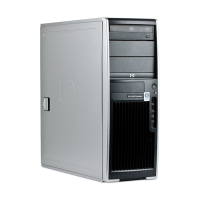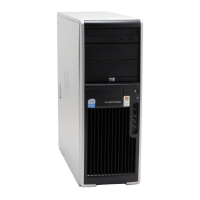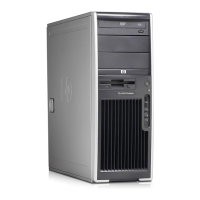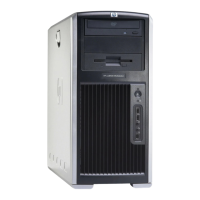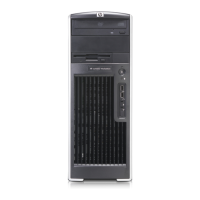146 SYSTEM DIAGNOSTICS AND TROUBLESHOOTING
Solving Internet Access Problems
Table 5-17 Solving Internet Access Problems
Problem Cause Solution
Unable to connect to the Internet. Internet Service Provider (ISP)
account is not set up properly.
Verify Internet settings or contact the ISP for
assistance.
Modem is not set up properly. Reconnect the modem. Verify the connections
are correct using the quick setup documentation.
Web browser is not set up
properly.
Verify that the Web browser is installed and set
up to work with your ISP.
Cable/DSL modem is not
plugged in.
Plug in cable/DSL modem. You should see a
“power” LED light on the front of the cable/DSL
modem.
Cable/DSL service is not
available or has been
interrupted due to bad
weather.
Try connecting to the Internet at a later time or
contact your ISP. (If the cable/DSL service is
connected, the “cable” LED light on the front of
the cable/DSL modem will be on.)
The LAN cable is not
connected.
Connect the CAT5 10/100/1000 cable between
the cable modem and the workstations’s RJ-45
connector. (If the connection is good, the “PC”
LED light on the front of the cable/DSL modem
will be on.)
IP address is not configured
properly.
Contact the ISP for the correct IP address.
Cookies are corrupted. Windows 2000:
1Select Start>Settings>Control Panel.
2 Double-click Internet Options.
3 On the General tab, click the Delete Cookies
button.
Windows XP:
1Select Start>Control Panel.
2 Double-click Internet Options.
3 On the General tab, click the Delete Cookies
button.
Cannot automatically launch
Internet programs.
You must log on to the ISP
before some programs will
start.
Log on to the ISP and launch the desired
program.

